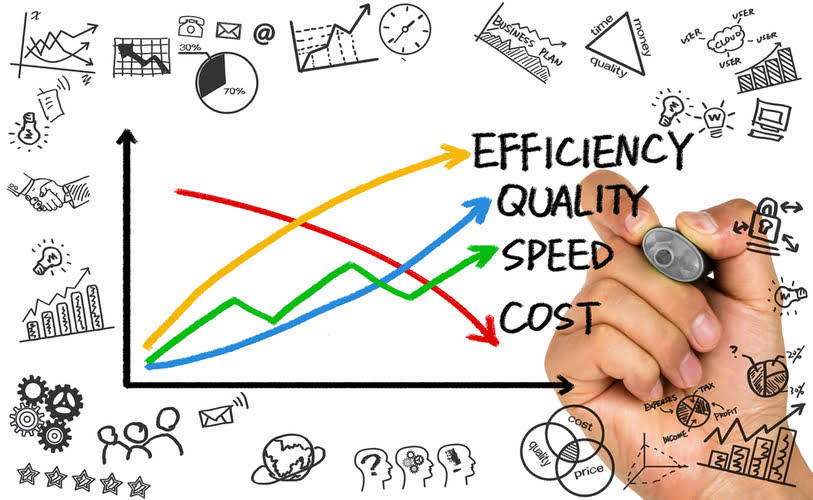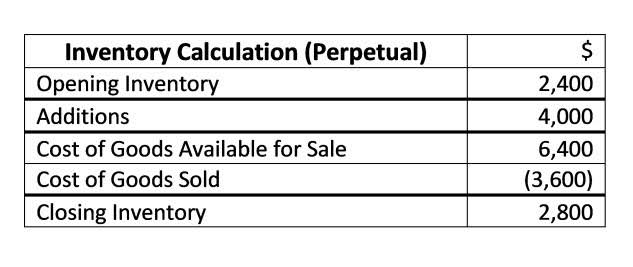It is unlike the static or traditional budget, which cannot be changed once created. It accurately represents expected financial outcomes in the real world by considering different scenarios and variations in income and expenses. It’s most common to update forecasted line items in a flexible budget following a monthly review of total costs and top-line growth.
Basic vs. intermediate vs. advanced flexible budgets
Also, a great deal of time can be spent developing cost formulas, which is more time than the typical budgeting staff has available in the midst of the budget process. Accountants enter actual activity measures into the flexible budget at the end of the accounting period. It https://thewashingtondigest.com/navigating-financial-growth-leveraging-bookkeeping-and-accounting-services-for-startups/ subsequently generates a budget that ties in specifically with the inputs. Static budgeting is constrained by the ability of an organization to accurately forecast its needed expenses, how much to allocate to those costs and its operating revenue for the upcoming period.
Insights for next-gen finance leaders
Flexible budgets usually try to maintain the same percentages allotted for each aspect of a business, no matter how much the budget changes. So if the initial static budget called for 25% to be spent on marketing, the flexible budget will maintain that same percentage for marketing whether the budget increases or decreases. Instead, they vary based on other measures, such as electricity expenses based on consumed units. A flexible intermediate budget considers changes in costs based on such other activity measures. Thus, it provides a more accurate reflection of how costs and revenues change with fluctuations in activity.
The 3 Levels of Flexible Budget
The result is that a flexible budget yields a budgeted cost of goods sold of $3.7 million at a $9 million revenue level, rather than the $4 million that would be listed in a static budget. While variances are noted in static budgets, a flexible budget allows you to enter the revenues and expenses relevant to that particular budget period, adapting flexible costs using real-time data. In an unpredictable financial world, flexible budgets are helpful in manufacturing industries where costs change with a change in activity level. Companies must involve experts to make accurate budgets, ensuring there is less scope for error and improving variance analysis. This is the simplest form of a flexible budget, and it alters those expenses that vary directly with revenues.
While even a static budget is better than no budget at all, creating a flexible budget provides a much clearer picture of revenues and production costs. Once you have created your flexible budget, at the end of the accounting period you will want to compare the flexible budget totals against actuals. This comparison allows you to make any future adjustments based on the flexible budget variance indicated in the comparison. If you own an ice cream shop, you know that the height of your business will be in the warm summer months. Using a flexible budget allows you to account for increased revenues, higher labor costs, and higher inventory costs during the busier months without having to adjust for months when business is slower.
Budget with Varying Levels of Production
The Finmark Blog is here to educate founders on key financial metrics, startup best practices, and everything else to give you the confidence to drive your business forward. If you don’t want to spend hours tracking and forecasting your budget in spreadsheets, check out our financial modeling tool. Finmark is everything you need to build an accurate, customized financial model.
- For example, consider a web store that downloads software to its customers; a certain amount of expenditure is required to maintain the store, and there is essentially no cost of goods sold, other than credit card fees.
- This can help businesses make better decisions about their operations, identify areas where they can improve efficiency or reduce costs, and better plan for future growth.
- For example, costs like rent, debt repayments, or PP&E are likely to remain fixed and consistent.
- If you own an ice cream shop, you know that the height of your business will be in the warm summer months.
- If the last few years have taught SaaS companies anything, it’s that sometimes uncertainty is the only certainty there is.
Identify fixed and variable costs
Flexible budgets do not fix variances, they help to better plan for the future. Revenue is still calculated at month end so costs cannot be retroactively accounting services for startups adjusted. All of the different budget models have their benefits and drawbacks – even flexible budgets…as amazing as they sound.
Time Delay Issues
A flexible budget on the other hand would allow management to adjust their expectations in the budget for both changes in costs and revenue that would occur from the loss of the potential client. The changes made in the flexible budget would then be compared to what actually occurs to result in more realistic and representative variance. This ability to change the budget also makes it easier to pinpoint who is responsible if a revenue or cost target is missed. A static budget is one that is prepared based on a single level of output for a given period.
- In addition, a flexible budget can successfully justify increases in costs when compared to actual income.
- To account for actual sales and expenses differing from budgeted sales and expenses, companies will often create flexible budgets to allow budgets to fluctuate with future demand.
- The table below shows that Lobster Instant Noodles sold 7000 less units and instead of making a budgeted $42,500 of profit, instead made just $900.
- A static budget serves as a guide or map for the overall direction of the company.
More time-consuming to create, develop, monitor, and maintain
Although with the flexible budget, costs would rise as sales commissions increased, so too would revenue from the additional sales generated. Unlike a static budget, a flexible budget changes or fluctuates with changes in sales, production volumes, or business activity. A flexible budget might be used, for example, if additional raw materials are needed as production volumes increase due to seasonality in sales. Also, temporary staff or additional employees needed for overtime during busy times are best budgeted using a flexible budget versus a static one. The benefit of a flexible budget is that it provides a more accurate picture of a business’s performance by adjusting for changes in activity levels.


